This is the storm cloud that makes Argentines and the world fall in love
On November 30, a spectacular storm cloud was formed that left the Argentines in awe first, and the world later.
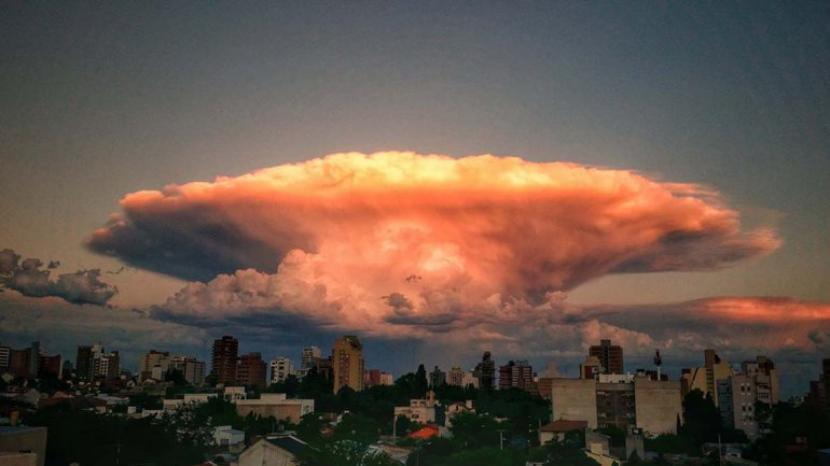
On November 30, a spectacular storm cloud was formed that left the Argentines in awe first, and the world later.
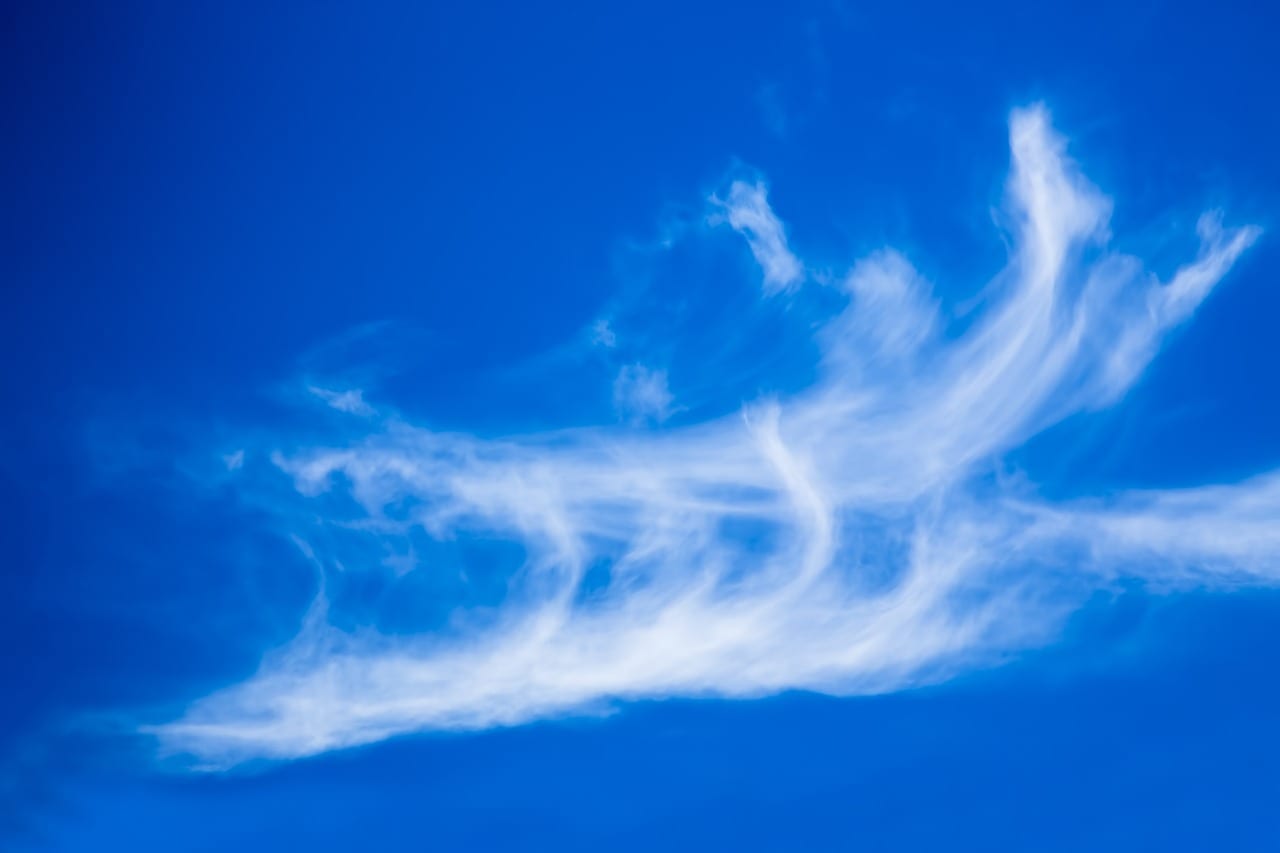
We tell you how clouds are formed and the different types that there are. Enter and learn more about the protagonists that beautify the sky.
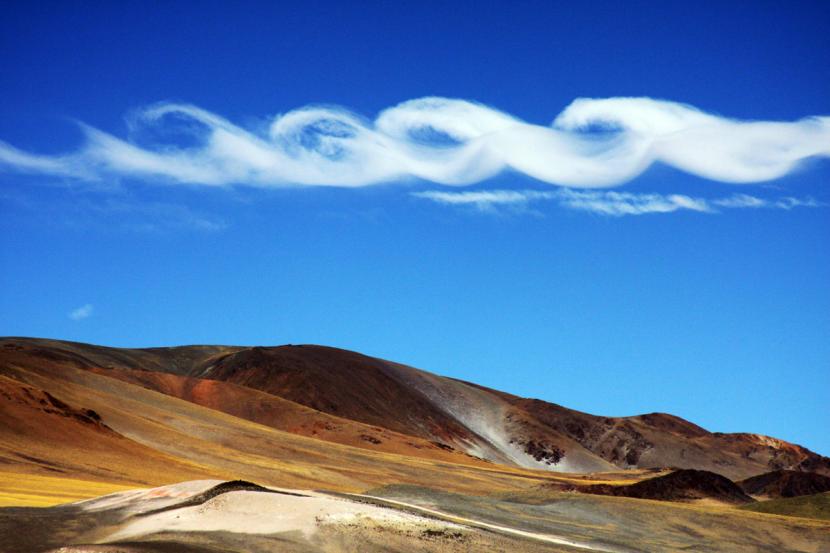
Have you seen any waves in the sky? These peculiar clouds are the Kelvin-Helmholtz clouds. They are very curious, so much so that they inspired the painter Van Gogh.
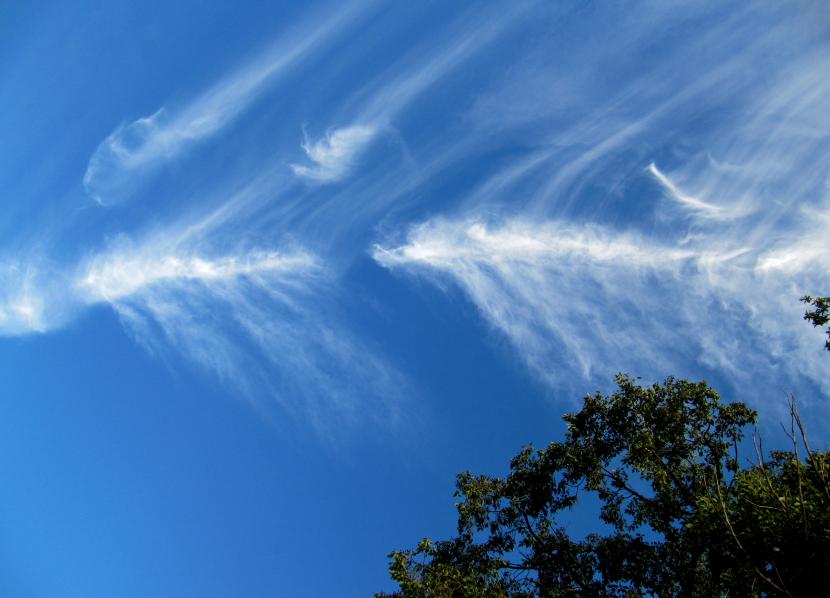
Cirrus clouds are the most curious. From children we see characters in them, and as adults we like to continue doing it. Enter to find out what types there are.
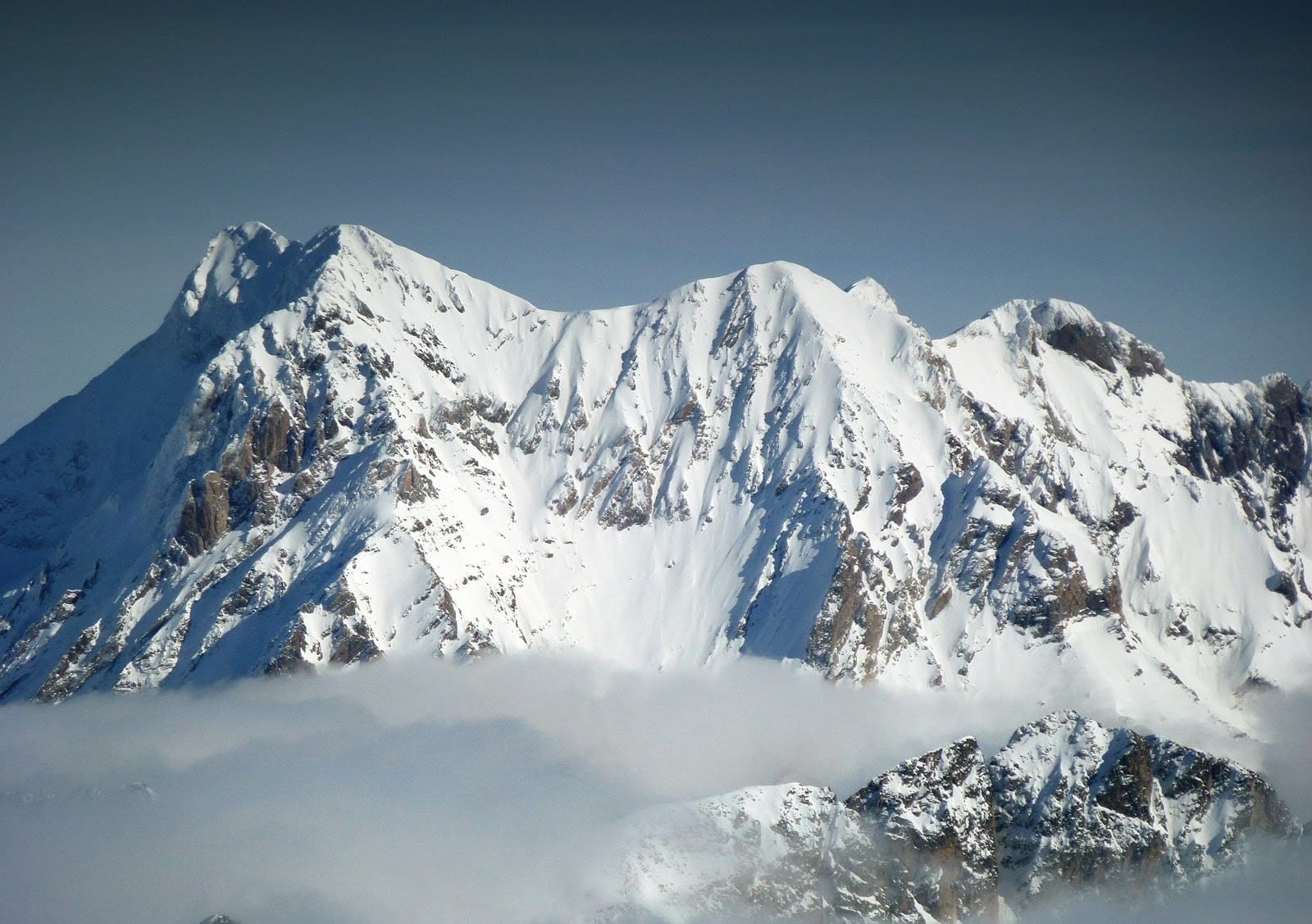
Pay close attention if you want to know more about those clouds that are created on top of mountains and that are known as orographic clouds.

Most researchers thought that air pollution causes larger, longer-lasting storm clouds by making storm fronts more susceptible to air currents, and causing internal convection. In this study, he observed that pollution, as a phenomenon, makes clouds more durable but, in a different way than previously thought, by a decrease in the size of their ice particles and a decrease in the total size of the cloud. This difference directly affects the way scientists represent clouds in climate models.
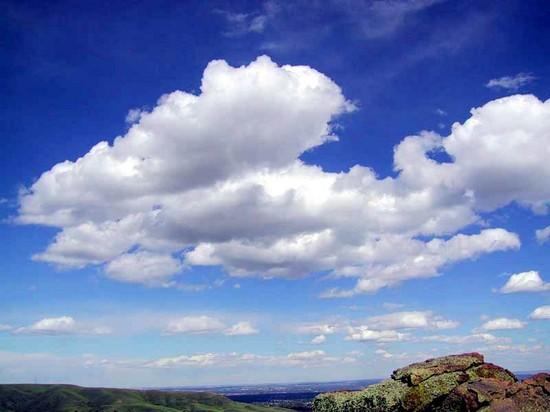
There are factors that can intervene to cause the disappearance of water droplets or ice crystals from clouds such as heating of the air, precipitation and mixing with the drier surrounding air.
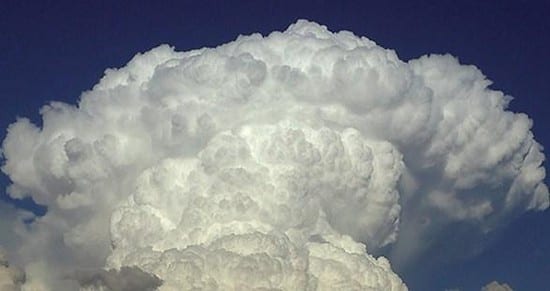
The various types of vertical movements that can lead to cloud formation are: mechanical turbulence, convection, orographic ascent, and slow, long ascent.
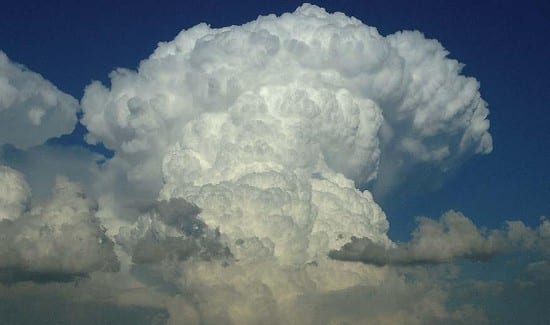
According to the WMO, the Cumulonimbus are described as a thick and dense cloud, with a considerable vertical development, in the form of a mountain or huge towers. It is associated with storms.
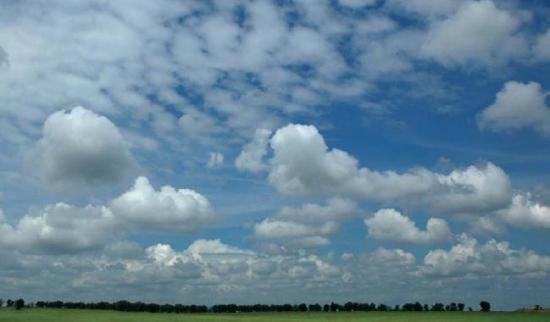
Cumulus clouds are vertically developing clouds formed mainly by vertical currents favored by the heating of the air at the Earth's surface.
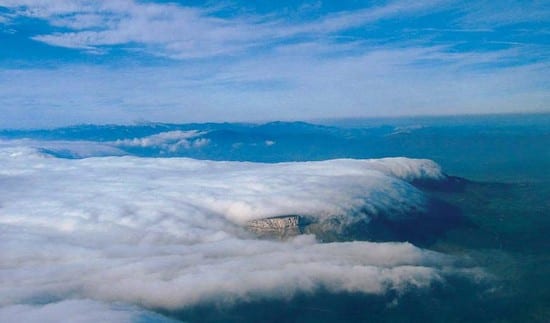
Stratus are made up of small water droplets although at very low temperatures they can consist of small ice particles.
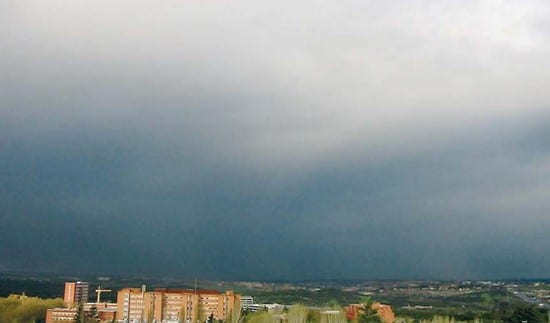
Nimbostratus are described as a gray, often dark layer of clouds, with an appearance veiled by the precipitation of rain or snow falling more or less continuously from it.

Altocumulus are classified as medium clouds. This type of cloud is described as a bank, thin layer or layer of clouds composed of very varied shapes.
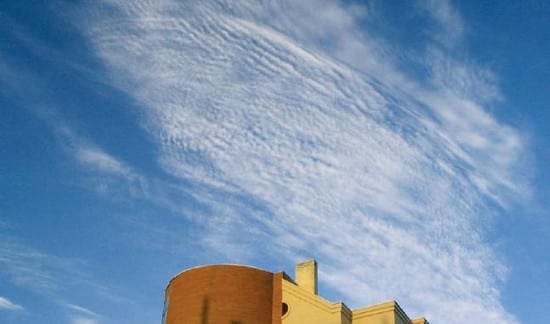
Cirrocumulus trees consist of a bank, thin layer or sheet of white clouds, without shadows, composed of very small elements. They reveal the presence of instability at the level at which they are.
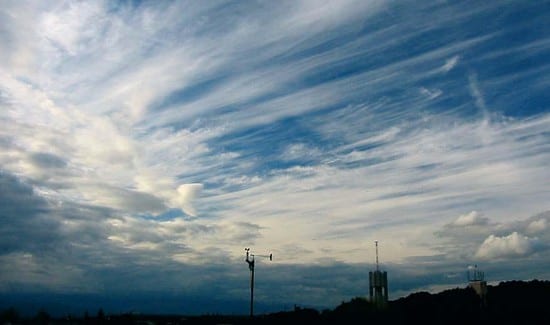
Cirrus are a type of high cloud, usually in the form of white filaments made up of ice crystals.
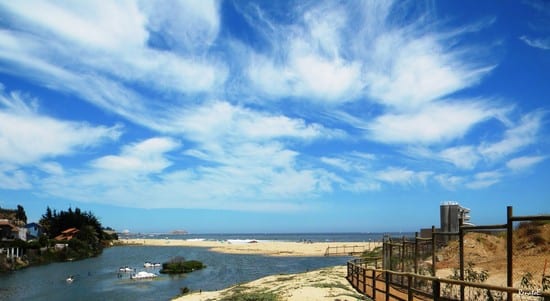
When we refer to distances, altitude and height of the clouds are different concepts. The vertical dimension of a cloud is the vertical distance between the level of its base and that of its top.